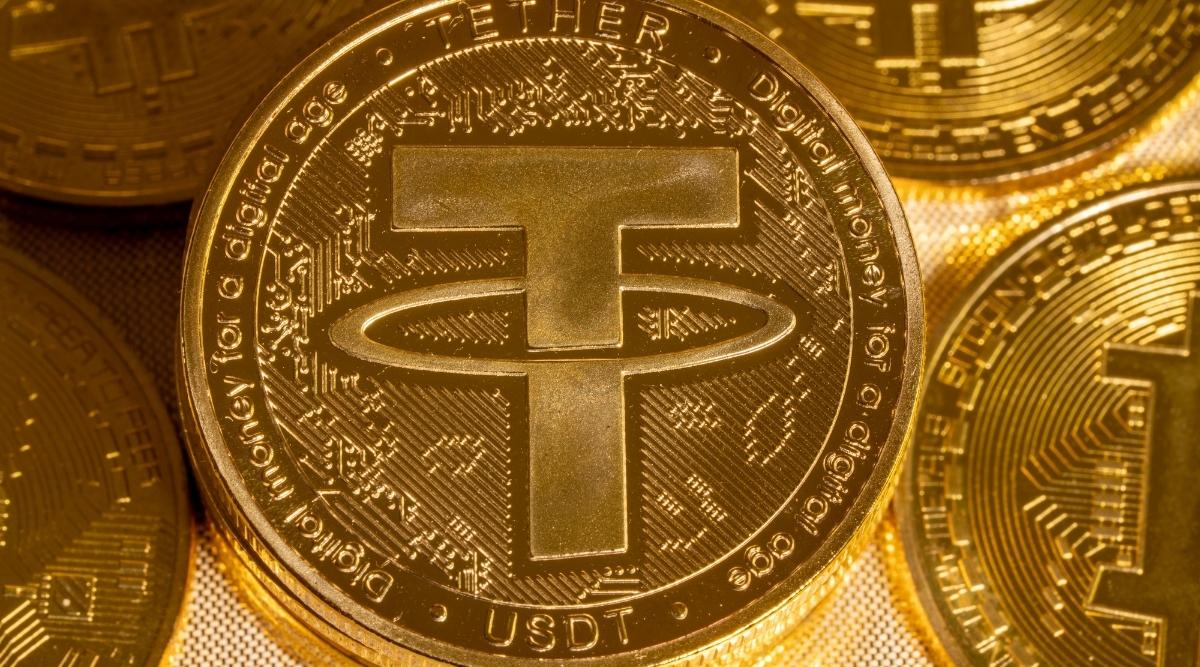
The world’s largest stablecoin Tether is likely being shorted by hedge funds. This comes as the market continues to witness an intense sell-off after the Luna-Terra fiasco. Shorting or short-selling refers to an act of selling a digital asset in the hope that it falls in value and then you can buy it back at a lower price. Traders then profit from the difference in the market price.
A report by The Wall Street Journal revealed that more traditional hedge funds have executed trades to short tether through Genesis Global Trading Inc, one of the largest crypto brokerage platform. These trades are worth “hundreds of millions” of dollars.
Hedge funds are financial pools where investors pour their money and in return, these companies promise active returns for their investors, either by shorting or by holding a long position. Here we discuss how hedge funds are being used to plunge Tether and make it an unstable coin.
Shorting Tether
Hedge funds are shorting Tether as the Federal Reserve is raising interest by 0.75 per cent to reduce the supply of the dollar and ultimately reduce inflation. Since Tether is pegged to USD, hedge funds believe this should also impact the Tether stablecoin, as per the report. Meanwhile, other hedge funds are concerned whether there are any assets backing tether.
However, Tether’s CTO Paolo Ardoino took to Twitter and refuted all the claims by hedge funds. Ardoino mentioned all the tools being used by traditional finance to short Tether. He attested that “competitors were spreading via coordinated troll networks” to ruin Tether’s reputation and cause a black-swan event.
It is worth noting that if hedge funds do short Tether, it could de-peg from its value, causing another stablecoin crash. However, unlike Terra-Luna, it is not an algo stablecoin which means it is backed by real assets.
“But as we always said, Tether has in fact had 100 per cent of the backing, never failed a redemption and all USDt are redeemed at 1$. In 48 hours Tether processed 7B in redemptions, averaging 10% of our total assets, something almost impossible even for banking institutions,” Ardoino said. “In more than one month Tether processed 16 billion in redemptions (19% of our total reserves), again proving that our operations, portfolio, banking infrastructure and team are solid and battle-tested.”
De-pegging the stablecoins
Stablecoins are supposed to be priced equal to the US Dollar or another fiat entity. They exist primarily so that crypto investors can get in and out of the fiat easily with no third party (in this case, a bank) to approve these transactions. There are multiple stablecoins in the market, such as Tether (USDT), USD Coin (USDC), and Binance USD (BUSD) to name a few. Three of the mentioned stablecoins are pegged to USD issued by the central bank. These entities own a treasury of dollars as cash reserves or commercial papers/receivables that back each coin to $1.
Lack of over-collateralisation can cause any stablecoin to lose its peg. Such events are called black swan as the market volatility shoots upwards. The big question: Why do traders want to short stablecoin? The answer is to earn quick and massive profits. In the case of Luna-Terra, most of the people lost all their money, however, there were very few who earned it even during this collapse. In short, your loss is somebody else’s profit and your profit is someone else’s loss.
Regulatory pressure
Tether has faced regulatory scrutiny and has been questioned intensely over its assets and reserves that hold the coin’s value. In 2021, Tether reached an $18.5 million settlement with the New York attorney general’s office, which accused them of making several public misrepresentations regarding the dollar reserves backing tether. At that time, Tether did not admit or deny any of the accusations.
Currently, the Tether market cap has slipped below $70 billion as redemptions mount. Tether is still pegged to USD and is priced at $1, as per CoinMarket cap.



















